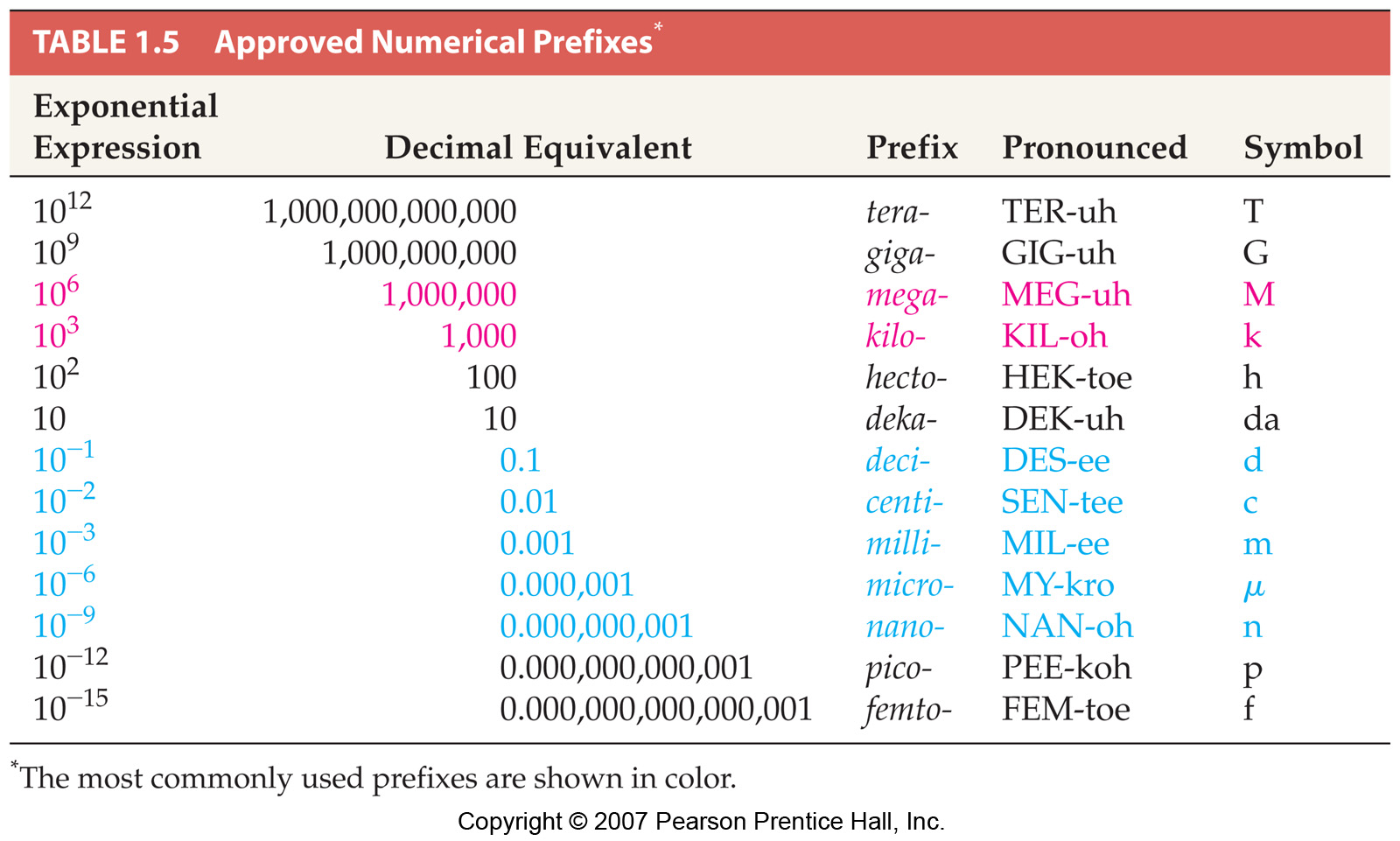Speaking of Moore’s Law

In class last Friday we talked about Moore’s Law, which in a general sense states that the number of transistors on an integrated circuit will double every 18 months to 24 years. However it has also been used to state more generally that the capabilities of technology – whether digital photography or cell phones or connected houses or even light bulbs now – will double every couple of years.
In an article over on Ars Technica titled “Intel Forges Ahead to 10nm, Will Move Away From Silicon at 7nm,” they describe the never-ending process of shrinking the size of transistors and increasing the number that processors have, not just to make electronics faster and smaller, but also to keep up with Moore’s Law. the ‘nm’ refers to ‘nanometer,’ a very small measurement that is so small perspective becomes mandatory. A nanometer is one millionth of a millimeter, or for a more immediate comparison, a human hair is around 75,000 nanometers.
Another thing to keep in mind is that when we discussed the increasing sizes of memory, storage, and speed (mega, giga, tera, peta, etc.), it’s important to know that it works the other way as well, we have measurements for smaller and smaller sizes which is important for design and manufacturing when it comes to technology. You’re familiar with those prefixes, from largest to smallest they include milli, micro, nano, and pico.
There are several interesting aspects to the article. One, continuing to meet Moore’s Law will require a move away from the use of silicon to make these circuits once measurements hit 7nm. Silicon has been used for decades, however such a small size – which starts to get into issues of quantum computing which we discussed briefly in class – will likely require a shift to Indium Gallium Arsenide or some other metal for the design of circuits.
The other interesting thing is that Intel is specifically mentioning the adherence to Moore’s Law for their continuing efforts to shrink and redesign their chips. The violation of Moore’s Law has been predicted for some time, by Intel itself no less, however we are still going strong and I wonder if processor design with ever hit the pico level. I suppose it’s possible, but it will require a fundamental re-think of the role the processor plays, and how it functions as well.

